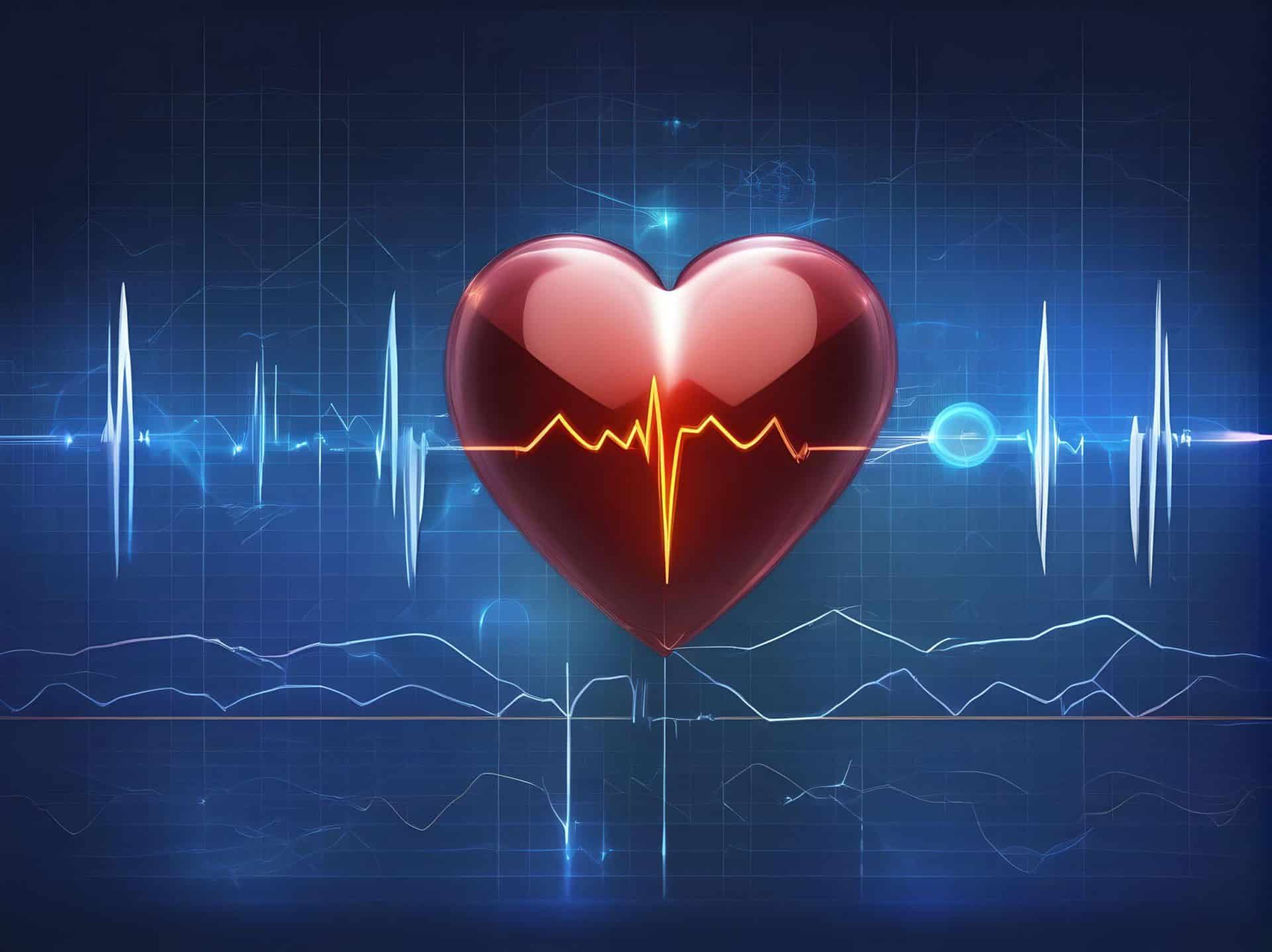Evolution of ECG Technology: From Analog to Digital

Every day, countless hearts are monitored and diagnosed using Electrocardiogram (ECG) machines. An ECG is a test that records the electrical activity of the heart, offering vital insights into its functioning and health. From its early inception to the advanced digital systems of today, ECGs have undergone quite an evolution. And while we haven’t been around since the very start, at Norav Medical, we do take pride in our 30+ years of contribution to advancing these machines. So, join us as we explore the remarkable evolution of ECG technology and the milestones that have shaped modern cardiology.
Brief History of ECG Technology
The inception of Electrocardiogram (ECG) technology dates back to the late 19th century. In the early 1900s, Dutch physician Willem Einthoven introduced the first practical ECG machine, using a string galvanometer.
This innovative device, although revolutionary, was initially a behemoth, weighing about 600 pounds. Moreover, it required patients to immerse their limbs in saline solutions for the electrical conductivity necessary to record the heart’s activity. Despite its cumbersome nature, Einthoven’s invention was a marvel of its time, allowing clinicians to peek into the heart’s rhythm and electrical patterns for the first time.
Advancements in Analog ECG Systems
As we moved into the mid-20th century, ECG technology underwent a significant transformation. The evolution from Einthoven’s bulky, room-sized equipment to more compact, user-friendly analog systems marked a leap in medical technology accessibility and efficiency. These analog ECG machines typically weighed between 30 and 50 pounds and could be transported more easily within hospital settings, facilitating bedside monitoring.
Additionally, they recorded the heart’s electrical activity as a continuous waveform on paper, providing clinicians with real-time insights into cardiac function. The analog era was characterized by a focus on enhancing signal clarity and reducing interference, making ECG tracings more precise and reliable.
Transition to Digital Technology
The introduction of digital technology in ECG systems marked another turning point in cardiac diagnostics. In fact, digital ECG machines offered a leap forward in accuracy and efficiency. Unlike analog systems that recorded heartbeats as physical tracings, digital machines converted these into precise digital data.
This advancement allowed for easier data storage and retrieval, enabling clinicians to access and compare historical patient data swiftly. Additionally, digital systems began offering clearer, more detailed heart rhythm analyses, enhancing the ability to detect and diagnose a range of cardiac conditions more accurately.
Integration of Computer Technology
With the integration of computer technology in the early 21st century, ECG machines became even more sophisticated. Here, advanced software algorithms were developed for automated interpretation of ECG readings, reducing the likelihood of human error. This integration also allowed for the implementation of features like real-time heart rate monitoring, trend analysis, and detailed graphical representations of cardiac activity.
Moreover, computerized systems facilitated efficient patient data management, enabling secure and quick sharing of ECG results among healthcare professionals. This greatly improved collaboration and decision-making in patient care, especially in critical and emergency situations.
Recent Innovations and Future Directions
The most recent innovations in ECG technology have been in the development of portable and wearable devices. These small, often wireless, devices allow for continuous monitoring of cardiac activity, making it possible to detect irregularities that might not be captured during a traditional ECG test. The integration of ECG technology with telemedicine has also been a significant step forward, enabling remote monitoring and consultations, which is especially beneficial in rural or underserved areas.
Looking toward the future, there is potential for the incorporation of AI and machine learning algorithms to further enhance diagnostic accuracy and predict potential cardiac events. These emerging trends hold the promise of transforming cardiac healthcare, making it more proactive, personalized, and accessible.
Charting the Future of Cardiac Care
The key takeaway here is that each ECG technology advancement brings us closer to more precise and accessible cardiac care. At Norav Medical, our commitment is to continue pioneering in this field, shaping a future where heart health is more understood, more manageable, and within everyone’s reach. So, here’s to a future with enhanced heart monitoring for all!